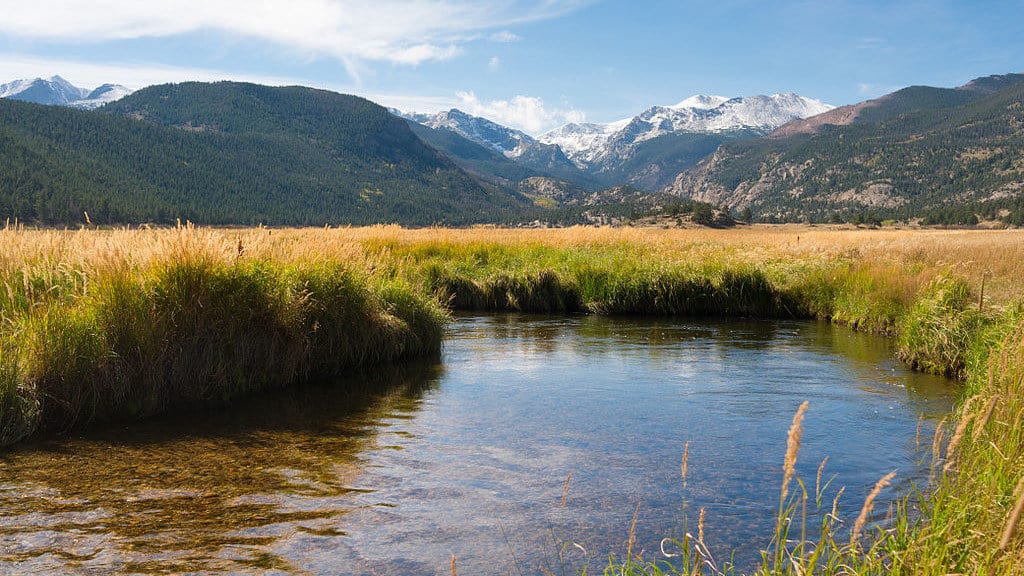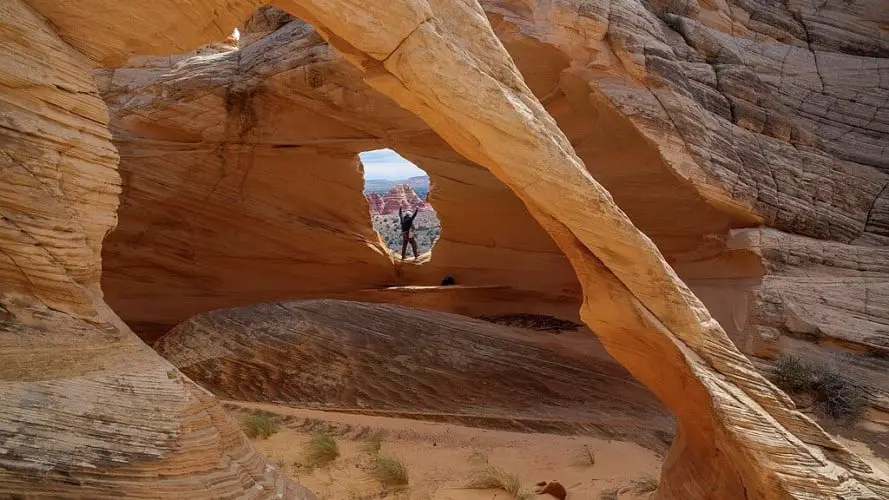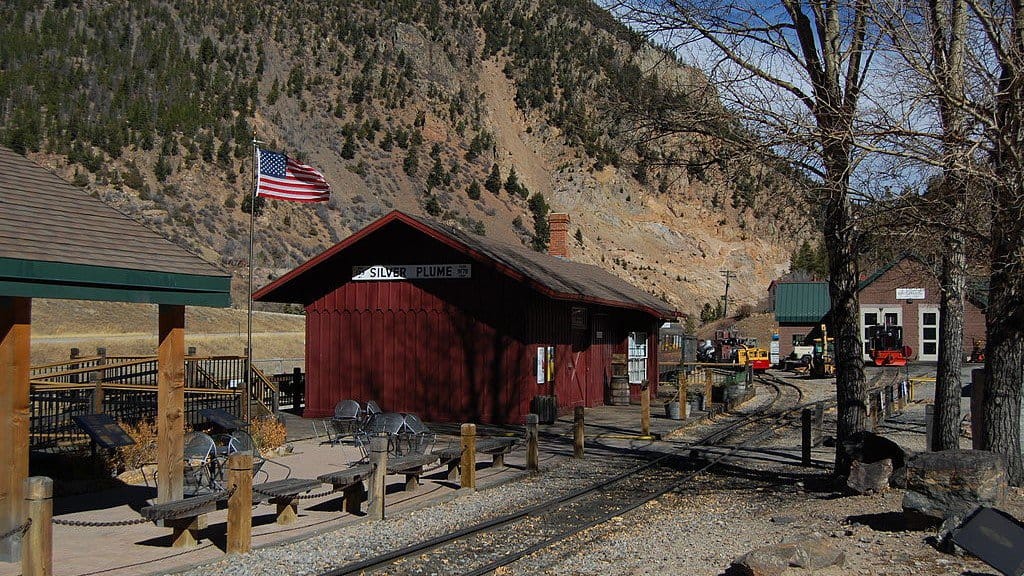Header Image Attribution: "Moraine Park Valley, Rocky Mountain Park" by Frank Schulenberg is licensed under CC BY-SA 4.0This post contains affiliate links. Our Extraordinary Planet may be compensated for any purchases you make.Rocky Mountain National Park is a nature lover’s paradise, offering breathtaking landscapes and a wealth of outdoor activities. If you’re planning a trip to this stunning destination, you’re in for a treat. Here are five exciting things to do in Rocky Mountain National Park:
1. Hike Through One of Rocky Mountain National Park’s Famous Trails
Rocky Mountain National Park boasts over 355 miles of hiking trails, catering to all levels of hikers. Whether you’re a seasoned trekker or a beginner, there’s a trail for you. A few must-see trails include:
- Bear Lake Trail: This easy loop takes you around Bear Lake, offering picturesque views and opportunities for wildlife spotting.
- Emerald Lake Trail: A moderate hike that rewards you with stunning views of three emerald-green lakes and towering peaks.
- Longs Peak Trail: For the adventurous, tackle the challenging Longs Peak Trail, which leads to the park’s highest peak. It’s a strenuous climb, but the panoramic vistas are worth it.
Pro Tip: Check trail conditions and weather forecasts before setting out. Safety first!
2. Look for Winter Elk and Bighorn Sheep
Visiting in winter? Don’t miss the chance to witness the park’s unique wildlife. Elk and bighorn sheep are especially active during this season. Head to the Moraine Park or Horseshoe Park areas for the best chances of spotting these majestic creatures. Keep your distance, use binoculars, and always follow park guidelines for wildlife viewing.
3. Reserve a Scenic Picnic Spot at Lily Lake
Pack a picnic and head to Lily Lake for a serene meal amidst stunning scenery. You can reserve picnic spots at this popular location through the park’s website. The lake is encircled by easy trails, making it an excellent spot for a leisurely stroll after your meal. It’s an ideal family-friendly activity.
4. Learn About the Park at Fall River Visitor Center
For a deeper understanding of the park’s history and ecosystems, visit the Fall River Visitor Center. Rangers are on hand to answer questions and provide information. You can also explore interactive exhibits that highlight the park’s geology, flora, and fauna. It’s a great way to appreciate the natural wonders you’ll encounter during your visit.
Pro Tip: Check for visitor center hours and any current COVID-19 restrictions before planning your visit.
5. Go Horseback Riding at Glacier Creek Stables
Experience the park from a different perspective by going horseback riding at Glacier Creek Stables. Guided rides are available, and no previous riding experience is necessary. Trot through the park’s meadows and forests, taking in the pristine wilderness around you. It’s a memorable way to connect with nature.
Conclusion
Rocky Mountain National Park offers a myriad of activities for all types of travelers. Whether you’re an avid adventurer or just seeking some tranquility in nature, this park has something for everyone. Remember to plan ahead, stay safe, and respect the park’s rules and guidelines to ensure a memorable and enjoyable visit.
Frequently Asked Questions
When is the Best Time to Visit Rocky Mountain National Park?
The best time to visit Rocky Mountain National Park depends on your interests. Summer (June to August) is ideal for hiking and outdoor activities when the weather is warmest. Fall (September to October) offers stunning foliage, while winter (December to February) is great for wildlife watching and snow activities. Spring (April to May) sees fewer crowds.
How Crowded Does Rocky Mountain National Park Get?
Rocky Mountain National Park can get quite crowded, especially during the summer months. To avoid crowds, consider visiting during the shoulder seasons (spring or fall) or arriving early in the morning. Parking lots tend to fill up quickly, so plan accordingly, and use the park’s free shuttle system when available to ease congestion.



